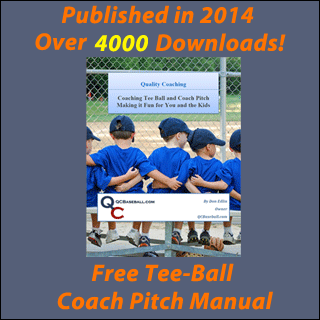Dropped Third Strike
When does it matter?
A dropped third strike only matters when first base is unoccupied OR there are two outs. If there is a runner on first base and less than two outs, then a dropped third strike doesn't matter and the batter is out.
What can the batter Do?
Once a batter either looks at strike three or swings and misses at strike three and the ball is either not caught or dropped by the catcher, the batter becomes a runner and can attempt to make it to first base before either being tagged by the catcher or thrown out at first base.
What if the pitch bounces?
99.99% of the time it is not a legal catch and the catcher (even if he fields the bounced pitch cleanly) must tag out the runner or throw him out at first base. Rule 6.05 specifies that a batter is out when a third strike is legally caught by the catcher and goes on to state that this must occur before the ball hits the ground.
0.01% of the time (and no these are not official calculations) the bounced pitch that is fielded by the catcher would be considered a legal catch. This can happen if the hitter swings and fouls off the pitch into the catcher's glove after the pitch has bounced. It is considered a legal catch at that point and the batter is out.
What if the runner at first is stealing?
If there are less than two outs, it doesn't matter. Even on an attempted steal, first base is considered occupied and the batter is out.
What happens when there are two outs?
When there are two outs the same rule applies with the addition that first base can be occupied. In this situation a force play can be created on other bases in addition to either tagging out the batter or throwing him out at first.
Example: Bases loaded, two outs. Catcher drops the third strike. A force play has now been created at all bases as all runners must try to advance. Catcher can simply step on home plate for the force at home and third out. He doesn't have to make the out on the batter.
What if a runner crosses the plate before the batter is thrown out at first or tagged?
The run does not count. Example: Runner on third, two outs. Catcher drops the third strike, while he is picking it up and throwing to first, the runner from third crosses home plate. As long as the catcher throws out the runner at first, the run doesn't count. The force play at first is the same as if a ground ball was hit to another infielder. The run doesn't count.
Most Recent Blog Posts
Working With Players on Focusing on the Correct Part of the Baseball when Hitting (October 15 2016)
Getting More Accurate Throws From Your Team (April 5 2016)
Thanks Don! Your website has been a tremendous help. I’m a new coach and I’m getting a lot of good information from it.
Best regards,
- Tom D.







